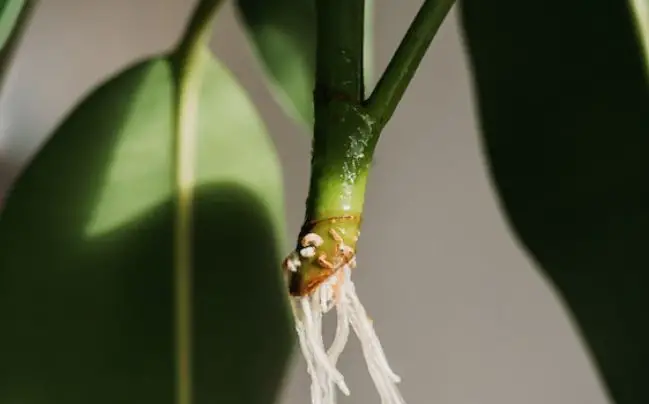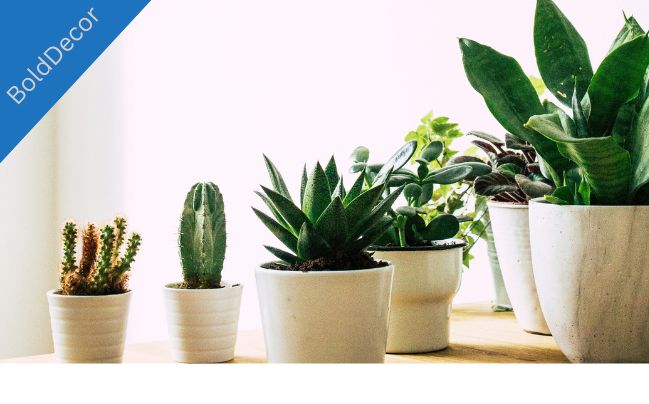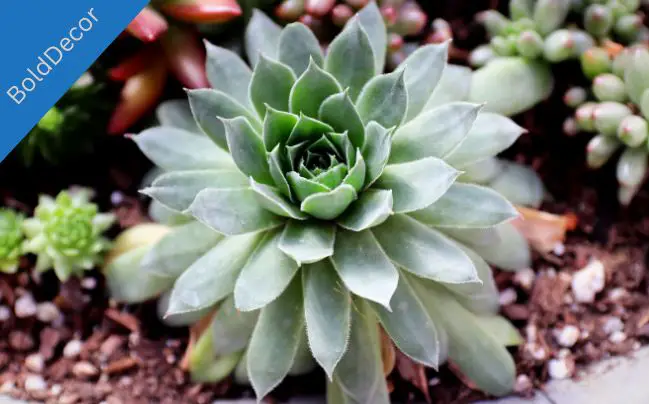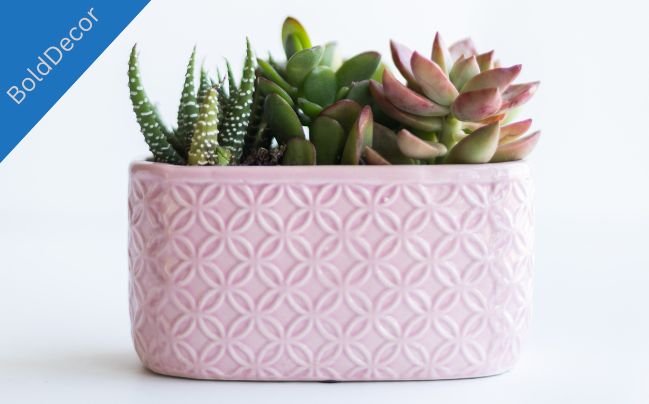Whether you want to expand your pothos collection or share the joy of this beautiful plant with others, propagation is a rewarding and cost-effective way to do so. By understanding the basics of pothos propagation and following the right techniques, you can easily multiply your plants and create new ones from cuttings.
This blog post will provide a comprehensive guide to propagating pothos, covering different methods, essential materials, step-by-step instructions, and valuable care tips for your newly propagated plants.
Takeaway:
- Propagate pothos easily and affordably: Expand your plant collection without breaking the bank. Share the love by gifting cuttings to fellow plant enthusiasts.
- Experiment with variety: From Golden Pothos to Neon, discover the diverse world of pothos and create unique combinations to match your style
Table of Contents
Pothos Propagation: Introduction
Pothos, also known as Devil’s Ivy, is a popular and low-maintenance houseplant that can bring life to any space. But did you know that you can easily propagate pothos to create new plants? Propagation is the process of reproducing plants from cuttings or other plant parts, and it offers several benefits for both enthusiasts and beginners alike.
Benefits of Propagating Pothos
Propagating pothos plants allows you to expand your collection without spending a fortune on new plants. Plus, it’s a great way to share your love of pothos with friends and family by gifting them a cutting or two.
Propagation also gives you the opportunity to experiment with different varieties and create unique combinations by mixing different types of pothos plants.
Types of Pothos Varieties

Pothos comes in various stunning varieties, each with its own charm. The most common type is the Golden Pothos, featuring heart-shaped leaves with yellow and green variegation.
Marble Queen boasts creamy-white variegation on its green leaves, while the Jade Pothos has solid green foliage. Other popular varieties include Neon, N’Joy, and Cebu Blue. With so many choices, you’re sure to find a pothos that matches your style and aesthetic.
2. Understanding Pothos Plant Anatomy
Before diving into pothos propagation, it’s helpful to understand the basics of the plant’s structure. Familiarizing yourself with pothos plant anatomy will make it easier to identify the specific parts involved in the propagation process.
An Overview of Pothos Plant Structure
Pothos plants have long trailing vines with heart-shaped leaves that attach to a central stem. The stems are divided into segments called internodes, which are the spaces between the leaves. At the base of each leaf or stem segment, you’ll find small bumps called nodes.
Identifying Nodes and Internodes
Nodes are crucial for propagation because they contain the cells that can develop into roots when given the right conditions. To identify a node, look for a visible bump or small aerial root emerging from the stem.
Internodes, on the other hand, are the spaces between the nodes where leaves are attached. Being able to distinguish between nodes and internodes will help you make successful cuttings for propagation.
3. Selecting the Right Propagation Method
When it comes to pothos propagation, there are various methods you can choose from. Each has its own advantages and considerations, so it’s important to select the one that suits your preferences and resources.
Water Propagation
Water propagation is the most popular and beginner-friendly method. It involves placing cuttings in water and waiting for roots to form before transplanting them into soil. This method allows you to witness the root development and is a great way to involve kids in the propagation process.
Soil Propagation
If you prefer a more traditional approach, soil propagation is an excellent option. Simply plant your pothos cuttings directly into a well-draining soil mix and provide them with proper care. This method provides a smooth transition for the cuttings into their future soil environment.
Air Layering
For those looking to try something a bit more advanced, air layering can be a fun experiment. This technique involves creating a small wound on a mature pothos stem, covering it with moist moss or rooting hormone, and then waiting for roots to form. Once the roots have developed, you can cut the stem and plant it as a separate plant.
4. Gathering the Necessary Materials
Before you embark on your pothos propagation journey, it’s important to gather all the essential materials. Here’s a list of what you’ll need to ensure a successful propagation process.
List of Essential Materials for Pothos Propagation
– Sharp sterilized scissors or pruning shears for taking cuttings
– Clean glass or jar for water propagation
– Optional: rooting hormone to encourage root development
– Well-draining potting soil for soil propagation
– Small pots or containers for planting the cuttings
– Moist sphagnum moss or rooting hormone for air layering
– Plastic wrap or a rooting box to create a humid environment
Optional Tools for Advanced Propagation Techniques
– A clean and sharp knife for air layering
– Plastic wrap or plant ties to secure the moist moss during air layering
– Garden wire or twist ties for securing the plastic wrap during air layering
With the right materials at hand, you’re ready to embark on your pothos propagation adventure. So let’s get your green thumbs busy and start growing!
5. Step-by-Step Guide to Water Propagation
So, you want to expand your pothos plant family? Water propagation is a simple and effective way to do just that. Here’s a step-by-step guide to get you started:
Preparing the Cutting
1. Select a healthy vine of the pothos plant that has at least two or three nodes.
2. Using a clean and sharp pair of scissors or pruners, make a clean cut just below a node. Nodes are small bumps on the stem where roots will eventually grow.
Placing the Cutting in Water
1. Fill a jar or a glass with clean, lukewarm water.
2. Place the cutting in the water, making sure that at least one node is submerged. You want the nodes to be in water, but the leaves should be above it.
3. Find a spot with indirect light and place the jar there. Avoid direct sunlight, as it may damage the cutting.
Caring for the Cutting
1. Change the water every week or whenever it starts to look murky. Fresh water helps prevent the growth of bacteria and keeps your cutting healthy.
2. Patience is key! Root growth can take anywhere from a few weeks to a few months. So, resist the urge to yank the cutting out and check for roots too soon.
3. Once your cutting has a healthy set of roots, you can carefully transfer it to a pot with well-draining soil. Voila! You’ve successfully propagated your pothos through water!
6. Step-by-Step Guide to Soil Propagation
If you prefer a more traditional approach, soil propagation might be for you. Follow these steps to propagate your pothos using soil:
Preparing the Soil Medium
1. Choose a well-draining potting mix specifically formulated for indoor plants.
2. Fill a small pot with the potting mix, leaving about an inch of space at the top for watering.
Planting the Cutting in the Soil
1. Take a cutting from a healthy pothos vine, making sure it has a couple of nodes.
2. Carefully insert the cutting into the prepared pot, burying the node(s) beneath the soil.
3. Gently firm the soil around the cutting to provide stability.
Caring for the Cutting
1. Place the pot in an area with indirect light, away from direct sunlight.
2. Water the soil lightly, just enough to keep it moist but not overly saturated. Check the moisture level by inserting your finger about an inch into the soil – if it feels dry, it’s time to water.
3. Keep an eye on your cutting for signs of new growth and adjust watering as needed. Before you know it, your pothos cutting will grow into a full-fledged plant!
7. Common Mistakes to Avoid During Pothos Propagation
While propagating pothos is generally a straightforward process, there are a few common mistakes to watch out for:
Overwatering
Remember, pothos plants like their roots to be moist but not waterlogged. Overwatering can lead to root rot and hinder the growth of your cuttings.
Using Unsuitable Soil or Water
Ensure you use a well-draining potting mix and clean water. Poor quality soil or water filled with impurities can hamper root growth and overall plant health.
Insufficient Light Exposure
While pothos can tolerate low light conditions, they thrive in bright, indirect light. Inadequate light can result in leggy growth and diminished plant vigor.
8. Care Tips for Newly Propagated Pothos Plants

Congratulations on successfully propagating your pothos! Now, let’s make sure those newly propagated plants flourish:
Establishing a Proper Watering Routine
Water your newly propagated pothos when the top inch of soil feels dry. Avoid overwatering, as it can hinder root development and cause the plant’s leaves to yellow.
Providing Adequate Light and Temperature
Place your pothos in a location with bright, indirect light. Maintain a temperature between 60-85°F (15-29°C) for optimal growth. Keep your furry friends away, as pothos is toxic to pets if ingested.
Fertilizing and Pruning Techniques
After about 6-8 weeks, you can start fertilizing your pothos every 4-6 weeks during the growing season. Use a balanced liquid fertilizer diluted to half strength. Prune your plant to control its size, promote bushier growth, and remove any leggy or diseased foliage.
With these care tips, your newly propagated pothos plants will thrive and bring more green goodness into your space!In conclusion, propagating pothos is an enjoyable and accessible way to expand your plant collection and share the beauty of this versatile houseplant. By following the proper techniques and providing the right care, you can successfully propagate pothos using water or soil methods.
Bottom line
Multiply your pothos collection with ease! Learn simple methods, avoid common mistakes, and watch your plant family blossom.
FAQ
1. Can I propagate pothos in water?
Yes, pothos can be easily propagated in water. In fact, water propagation is one of the most common and successful methods for propagating pothos. It involves placing a cutting in water until it develops roots, which can then be planted in soil.
2. How long does it take for pothos cuttings to root?
The time it takes for pothos cuttings to root can vary, but generally, it takes around 2-4 weeks for roots to start forming. However, it can sometimes take longer, especially in cooler temperatures or if the cutting was taken from a mature plant. Patience is key during the rooting process.
3. Should I use rooting hormone when propagating pothos?
While it is not necessary, using rooting hormone can help speed up the rooting process and increase the chances of success, especially when propagating difficult or woody stems. However, pothos cuttings are known to root easily even without rooting hormone, so it is optional.
4. Can I propagate pothos from the leaves?
No, it is not possible to propagate pothos from individual leaves. Pothos propagation is typically done using stem cuttings, where a portion of the stem with several nodes is cut and rooted in water or soil. Leaf cuttings alone will not develop into new plants.





